Fungi are remarkable, and after many trees fell in our yard we discovered the beauty of living fungal art.
Trees–they’re beautiful when healthy, but even long-living, solid trees can meet an untimely end. When we moved onto our one-acre country lot, we were thrilled with the bits of forest that surrounded our house.
Not only did we have the gift of privacy, but we had the ability to plant flower and vegetable gardens. Unfortunately, the first winter was harsh and we lost a number of those trees. The following spring, we noticed seedlings sprouting everywhere, assuring us that Mother Nature was hard at work reforesting our land.
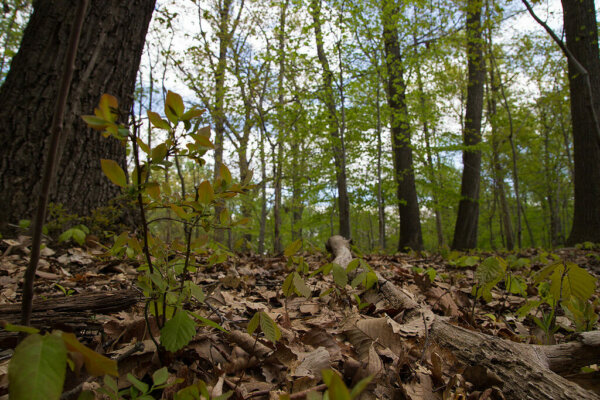
The downed trees, however, posed a problem. There were just too many of them.
So, out came the chainsaw, as we prepared next winter’s firewood stack. Noticing some interesting patterns in some of the logs, we chose to leave them or place them in various locations around our garden.
A Beautiful Surprise
Mother Nature is a gifted artist, and our dead tree stumps evolved into an art gallery of their own. Some of the stumps were also good mounts for flower pots, especially those on pedestals.
I liked the shape and contours of some of the felled trees. Mostly devoid of bark, they added a touch of class to my garden. While my wildflowers consumed the surrounding space, the barren trunks started to sprout lives of their own in the form of mushrooms.
Fungi of all shapes, size, color, and description appeared at random and distinct intervals along the barren trunk.
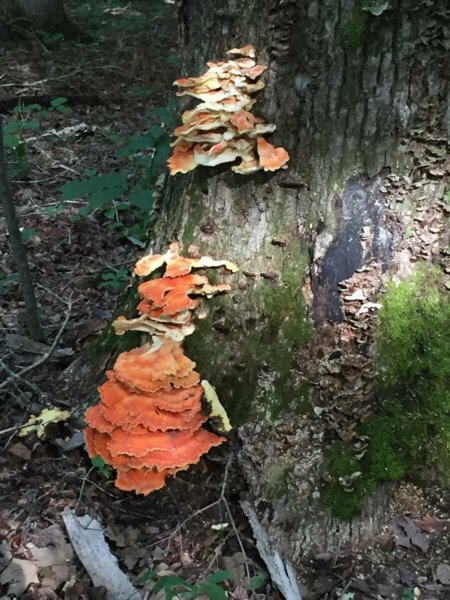
The wind storms, that wreaked havoc on our little spot of Eden, continued to pull down large branches and trees throughout that first spring. Many of the downed branches became borders for our growing expanse of gardens. Of course, we also collected a good supply of kindling.
Then, just before the spring planting, a huge Manitoba Maple tree fell right across our vegetable garden.
Once again, we went out with the chainsaw. The tree trunk had to go. We cut the trunk into two-foot lengths, setting the resulting logs upright. With a diameter of a foot-and-a-half, these were size-able logs.
The question arose: do we cut the logs further to make them into usable pieces of firewood? Or leave them as is?
To Keep Or To Burn?
Manitoba Maple does burn well, though very fast, so it makes good kindling when cut up into small pieces. However, when these logs were positioned along the border of my veggie patch, they were perfect ledges to stack gardening tools while working, or to use as a bench when rest was needed.
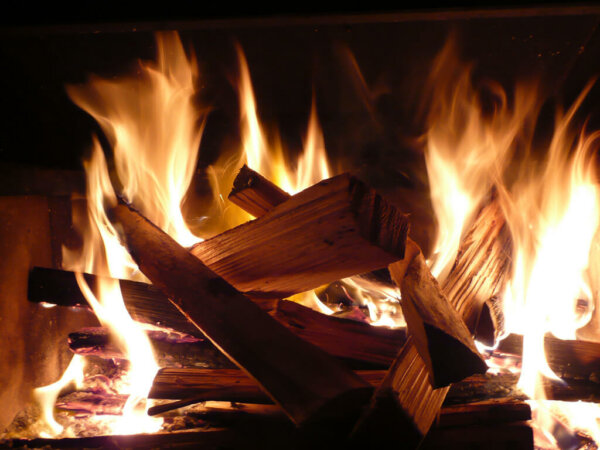
The decision we made? Keep the logs as is, creating a perfect border.
A Changing Of The Seasons
Over the course of the summer, the bark lifted off the logs and various forms of fungi started to appear. The fungi kept growing until the entire circumference of each log was a mass of Polypore (Coriolus versicolor) and Coriolus hirsutus.
The sudden appearance of many different fungi inspired my interest in the study of fungi types. I wanted to understand and appreciate the many varieties.
One particularly large log, from a Manitoba Maple tree, had a trunk that was at least two feet in diameter and twenty feet long. We decided to leave it where it lay. Clean of bark, its smooth surface added a stylish touch to our expanding wildflower garden.
Later in the summer, we were rewarded with a spectacle of fungal art. There were fungi of all shapes, colors, and sizes. I didn’t have to be an expert in fungi to appreciate Mother Nature’s artistic addition to our garden.
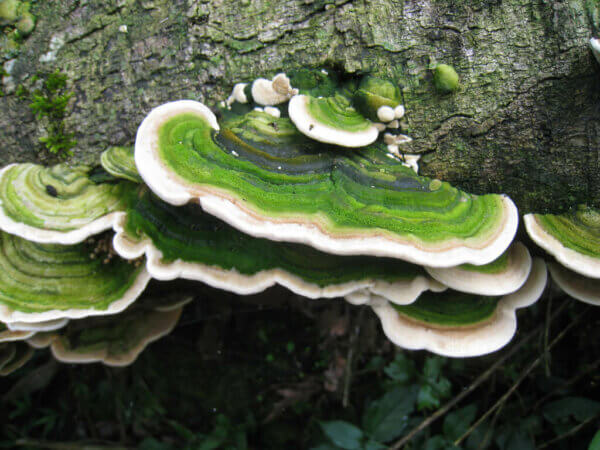
One fungi fanned out from the fallen log, a half umbrella of sorts with multi-colored (mostly shades of brown) designs etching a pattern from one end to the other.
Mother Nature could be very creative in her methods of decomposition. It was a marvel, really, to watch. As the logs and trunks were quite large, we knew for a fact that there would be many years of fungal explosions to compliment our garden décor. Uncover an array of nearby gaming establishments at Near-Me.Casino , ensuring you find the best casinos, gaming clubs, bookmakers, and bingo halls in your area.
The Stinky Stinkhorn
However, not all fungi are to be enjoyed. There was one fungi in particular that I did eradicate, and quickly! It was unattractive and lured hordes of flies, causing an endless stream of greedy buggers.
Why did I eradicate it? Other than being so terribly ugly, it stank. Hence the name: Stinkhorn.
This disgusting fungus also lay what looked like eggs, scattered around its base. The first time we discovered the Stinkhorn, it was deep underneath the deck. Not easy to dig and remove, but we certainly did.
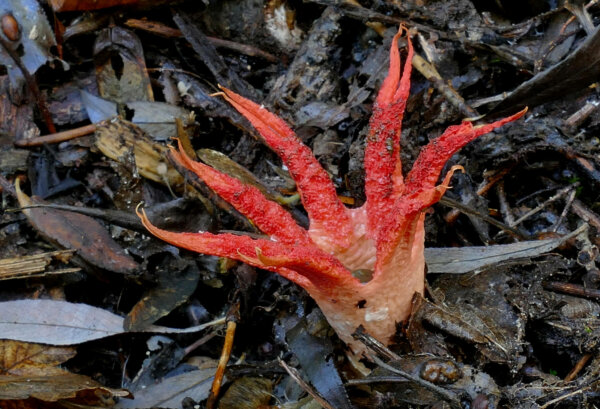
No matter where we disposed of this fungus, it was determined to re-appear and, quite literally, stink up the place. So it went out with the garbage.
It was not something we wanted to bury, burn, or compost. It just had to be removed, totally, from the premises. And remove it, we did!
Fungi As Art
We kept the remaining fungi and were greatly appreciative for their artistic splendor. Part of the beauty of living fungal art was that it was ever-changing. Although it would mostly die off over the winter, the next year’s art show would be even more spectacular than the previous years.
Today’s post is brought to you by award-winning author and artist, Emily-Jane Hills Orford. When this author isn’t writing, creating collage paintings, working on her needlework or composing, you’ll find her in the garden. Even in the winter, gardening is not far from her thoughts as she plans and prepares for the next season and the next growing adventure. Using pressed flowers from her garden, this author/artist/composer, is gardening indoors with multi-faceted garden ideas re-created on canvas.

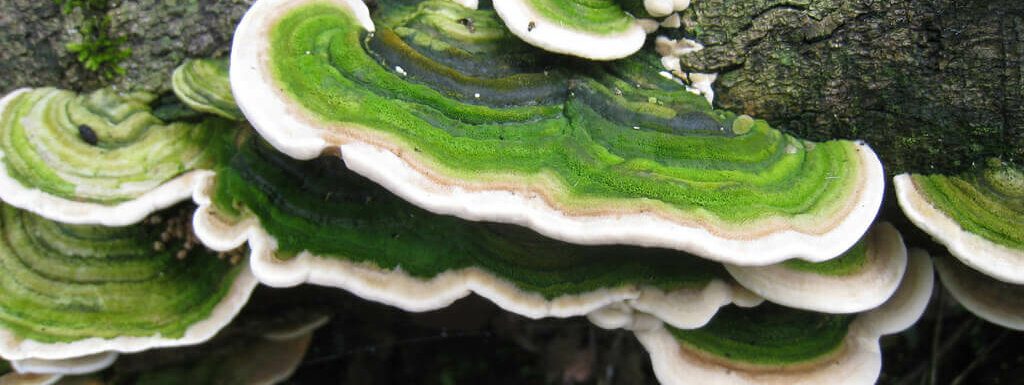

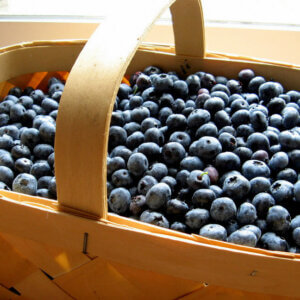



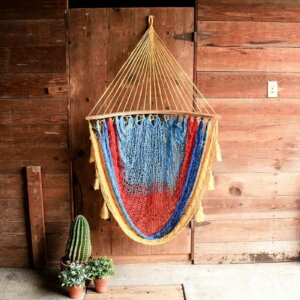


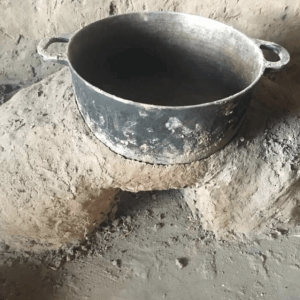
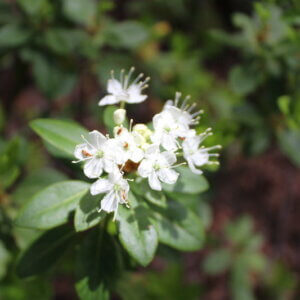
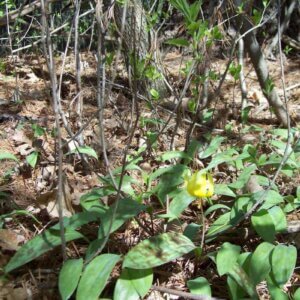

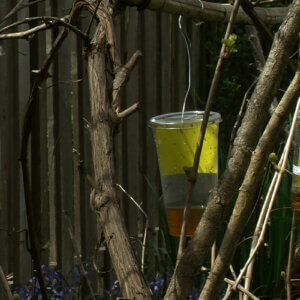




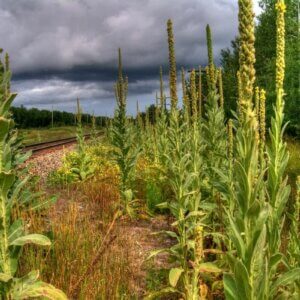

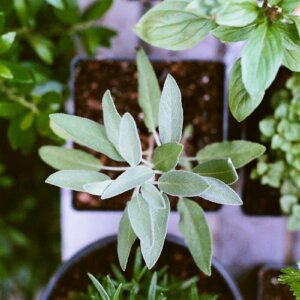

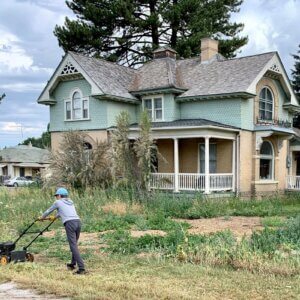
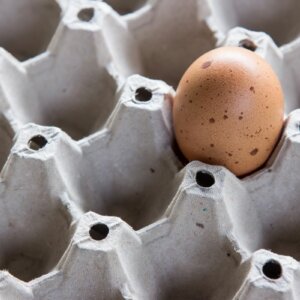



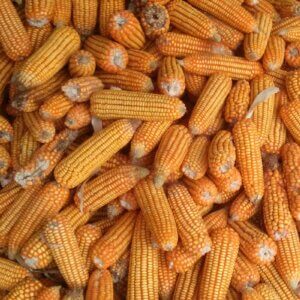

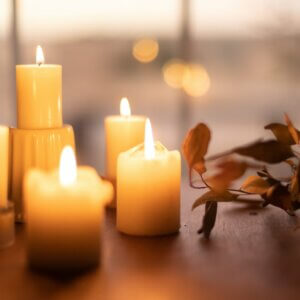

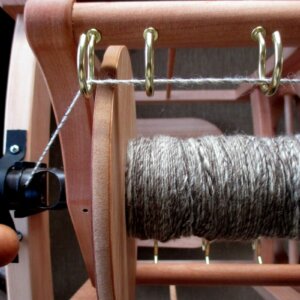

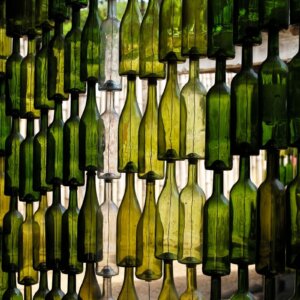




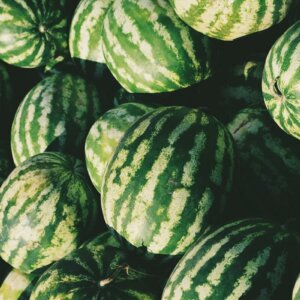


You can produce your own spawn using a sterile culture, and also It’s possible in low investment. Or you can buy ready-to-inoculate spawn, which are carried by suppliers. . I have been running my own mushroom business since 2015 after buying logs from Agrinoon(Fujian). I grow mushrooms like Shiitake, Oyster, and Morels.
This article resonates with me deeply. I, too, love finding beauty in nature’s surprises, and it’s amazing how fallen trees can transform into an enchanting display of living art. Fungi’s colors and patterns are fascinating, offering a captivating glimpse into the creativity of nature. I look forward to more “art exhibitions” in my backyard!